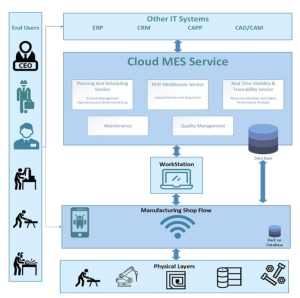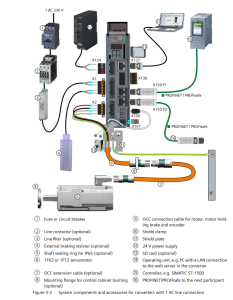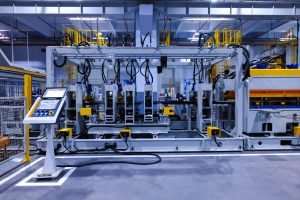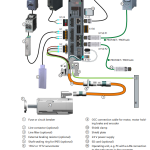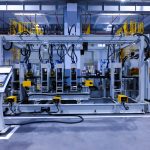As the manufacturing industry evolves toward full digitalization, Manufacturing Execution Systems (MES) continue to play a pivotal role in bridging shop-floor operations and enterprise-level systems.
With the rise of Industry 4.0, IoT, and AI-driven technologies, MES systems are becoming smarter, more interconnected, and increasingly indispensable for driving operational efficiency and innovation.
To remain competitive, manufacturers and MES suppliers must prepare for emerging trends that will shape tomorrow’s MES systems. Manufacturing Execution Systems (MES) are at the heart of the digital transformation in manufacturing. As industry demands evolve, key strategic trends are shaping the future of MES systems:
1. Fully Integrated Digital Factory
Today, MES systems are evolving to be seamlessly embedded within digital factories. Real-time planning and disposition ensure that any production changes automatically update interconnected systems, driving smoother operations and greater adaptability to market demands.
2. Real-Time Simulation with Concurrent Simulators
MES systems are incorporating concurrent simulators as front-end interfaces to enable real-time simulations. This allows manufacturers to respond instantly to unforeseen production events, reducing downtime and enhancing workflow efficiency.
3. Horizontal Integration of MES Components
Modern MES systems focus on horizontal integration across various manufacturers' components using tools like ontologies, service-oriented architectures (SOA), and consistent data management. This fosters interoperability and ensures smooth information exchange across all production levels.
4. Human-Centric Information Delivery
MES systems are becoming more user-centric, delivering role- and task-specific information to employees. By providing users with precisely what they need to fulfill their tasks, MES enhances decision-making, minimizes errors, and boosts overall productivity.
5. Scalable and Decentralized MES
Scalability is essential for today’s MES, supporting decentralized and self-organizing production processes. Automated data capture—using technologies like RFID systems—is replacing manual collection methods, improving data accuracy and operational efficiency.
6. Vertical Integration with Plug-and-Work Mechanisms
Vertical integration with shop-floor equipment is being enhanced through standardized “plug-and-work” mechanisms. These mechanisms simplify data exchange and automation, enabling faster, more flexible MES deployment and scaling.
Future Directions for MES Systems
The future of MES will be shaped by ongoing technological advancements and shifting industry priorities:
1. AI and Machine Learning Integration
MES systems will increasingly integrate AI and machine learning (ML) to enable predictive analytics and advanced process optimization. These capabilities will allow manufacturers to anticipate production challenges, reduce downtime, and continually refine operations for maximum efficiency.
2. IoT and Industry 4.0 Connectivity
As IoT and Industry 4.0 technologies continue to expand, MES systems will be at the forefront of leveraging enhanced connectivity across the manufacturing ecosystem. Greater data sharing between devices, sensors, and systems will enable manufacturers to make faster, more informed decisions and drive continuous improvement.
3. Sustainability and Compliance
MES systems will play a critical role in supporting sustainability initiatives and ensuring compliance with environmental regulations. By tracking metrics such as energy consumption, waste generation, and emissions, MES will help manufacturers meet sustainability goals and reduce their environmental impact.
Future Trends in MES
As the manufacturing industry continues to evolve, MES is expected to incorporate more advanced technologies, including:
-
AI-Driven Analytics: Predictive analytics and AI will play a larger role in optimizing production.
-
Cloud-Based MES Solutions: More manufacturers will adopt cloud MES for scalability and easier system upgrades.
-
Edge Computing: Processing data closer to the production source will further enhance real-time decision-making capabilities.
-
Digital Twins: Integrating MES with digital twin technology will provide more accurate simulations and predictive maintenance insights.
By aligning with these trends, MES suppliers and manufacturers can stay ahead of technological advancements and industry changes. These strategic directions ensure MES remains an essential tool for driving digital transformation, operational excellence, and competitiveness in the era of Industry 4.0.
References
Sauer, Olaf. “Trends in manufacturing execution systems.” Proceedings of the 6th CIRP-Sponsored International Conference on Digital Enterprise Technology.

